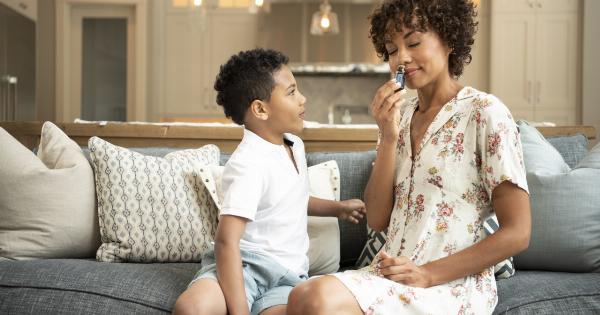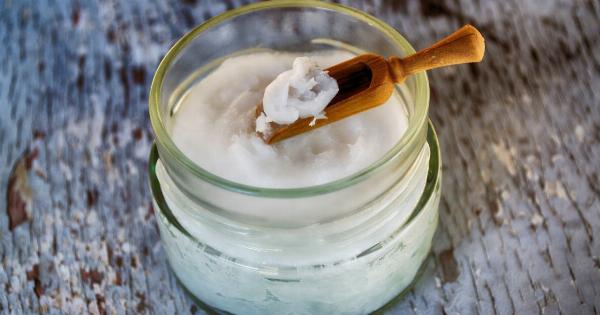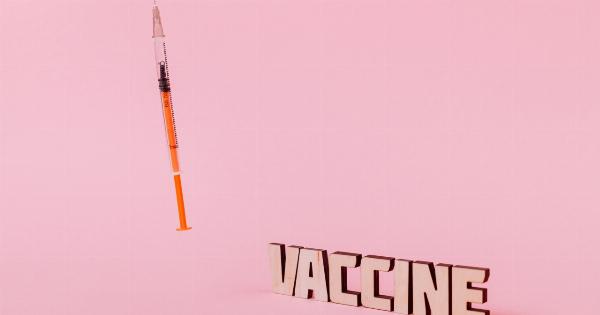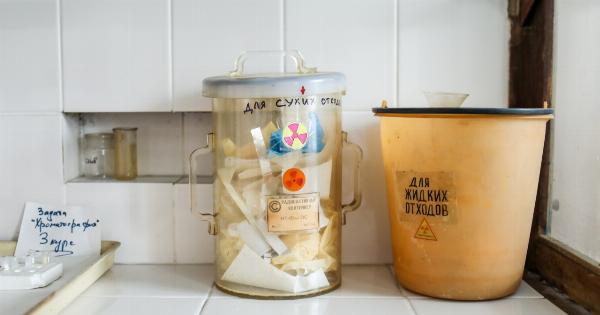Lice infestations are a common problem, especially among school-aged children.
While these tiny parasites have been a nuisance for centuries, recent reports have surfaced about a new strain of superpowered lice that are resistant to conventional treatments. In this article, we will explore the reasons behind the ineffectiveness of traditional lice treatments and discuss alternative solutions to combat these superpowered critters.
The Rise of Superpowered Lice
Over the years, lice have developed resistance to the active ingredients commonly found in over-the-counter and prescription treatments. The most well-known of these ingredients is pyrethrin, a natural compound extracted from chrysanthemum flowers.
However, due to repeated exposure, lice have mutated and become impervious to its effects.
Superpowered lice, also known as “super lice,” have evolved in response to the widespread use of lice treatments.
These lice possess genetic mutations that make them highly resistant to pyrethrin and other chemical substances commonly found in conventional treatments. As a result, these super lice thrive and reproduce even after exposure to traditional lice-killing products.
The Ineffectiveness of Conventional Treatments
Conventional treatments usually come in the form of shampoos, sprays, or lotions that contain insecticides or pesticides capable of killing lice.
While these products may still be effective against regular lice, they are largely ineffective against super lice. Here are some reasons why traditional treatments fail:.
1. Resistance to Insecticides
Super lice have developed resistance mechanisms to counteract the effects of insecticides.
These mechanisms can involve changes in their nervous system, enzymes that break down the chemicals, or a thicker exoskeleton that prevents absorption of the active ingredients. These adaptations make it extremely difficult for traditional treatments to kill the superpowered lice.
2. Incomplete Eradication
While conventional treatments may be capable of killing some lice, they often fail to eliminate all lice and their eggs (nits). It only takes a few surviving lice or nits to start an infestation all over again.
This incomplete eradication allows lice populations to rebound quickly and further exacerbates the problem.
3. Lack of Resistance Testing
Many conventional treatments on the market have not been extensively tested against super lice. Manufacturers often rely on outdated research or assume that their products will work based on historical effectiveness.
However, without rigorous testing against the latest strains of lice, there is no guarantee that these treatments will be effective.
Alternative Solutions for Superpowered Lice
Given the growing prevalence of super lice, it is essential to explore alternative solutions that can effectively combat these resilient parasites. Here are some promising options:.
1. Prescription Medications
In some cases, doctors may prescribe stronger medications to treat super lice. These prescription treatments contain different chemicals and formulations that can be more effective against resistant lice.
It is important to consult with a healthcare professional to determine the most suitable treatment option.
2. Manual Removal
Manual removal involves painstakingly combing and picking lice and nits from the hair shafts using a fine-toothed comb. While this method can be time-consuming and labor-intensive, it is a highly effective way to physically remove both lice and eggs.
Regular and thorough combing sessions are necessary to catch any remaining lice before they have a chance to reproduce.
3. Hot Air Treatment
Hot air treatment, also known as heated-air devices, has shown promising results in eliminating super lice. These devices blow hot air at a controlled temperature onto the hair and scalp, effectively dehydrating and killing lice and nits.
Hot air treatments are non-chemical and pose no risk of resistance development.
4. Essential Oil Remedies
Certain essential oils, such as tea tree oil, eucalyptus oil, and lavender oil, have demonstrated lice-killing properties.
However, it is important to note that these essential oils should be used with caution and in combination with other treatments for maximum effectiveness. Essential oils alone might not completely eradicate an infestation.
5. Prevention and Education
Preventing lice infestations is always better than treating them. Educating yourself, your children, and your community about lice transmission, proper hygiene practices, and early detection can help mitigate the spread of lice.
Regularly check your child’s hair for lice and encourage them to avoid sharing personal items, such as combs, hats, and headphones, with others.
Conclusion
Superpowered lice have become a formidable foe, evading traditional treatment methods and infesting countless individuals. Conventional treatments containing insecticides or pesticides are largely ineffective against these resistant parasites.
However, alternative solutions such as prescription medications, manual removal, hot air treatment, and certain essential oils show promise in combating super lice. Taking preventive measures and maintaining good hygiene practices are also crucial in preventing lice infestations. By staying informed and utilizing effective strategies, we can successfully battle these superpowered invaders.





























